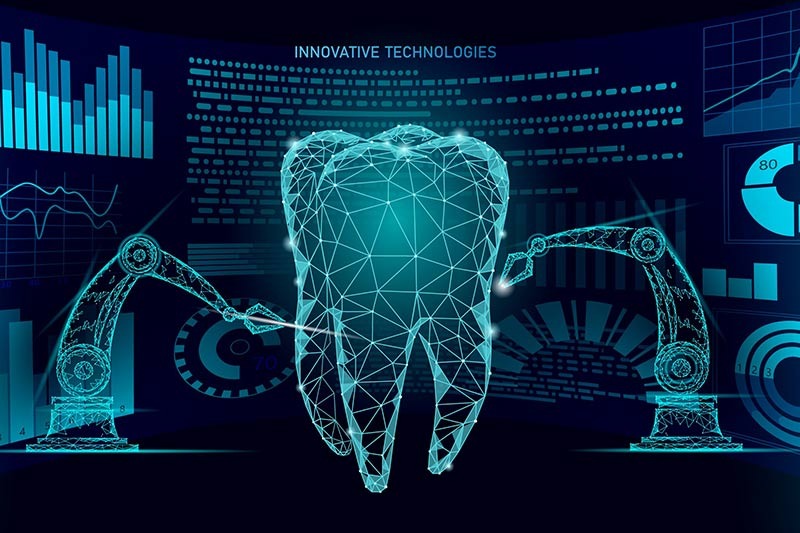Home News

Dental implants have revolutionized oral health, providing durable and aesthetically pleasing solutions for tooth loss. As technology advances, new trends and innovations are emerging, making dental implants more accessible and effective. Let's explore some of the latest trends in dental implants.
1. 3D Printing and Digital Dentistry
3D printing is transforming dental implantology by enabling the creation of highly precise and customized implants. Digital scans of a patient’s mouth allow for the design and fabrication of implants that fit perfectly, reducing discomfort and improving outcomes. This technology also accelerates the production process, allowing for quicker treatment times. #3DPrintinginDentistry #DigitalDentistry
While titanium has been the gold standard for dental implants, zirconia implants are gaining popularity due to their aesthetic advantages and biocompatibility. Zirconia is a ceramic material that offers a tooth-colored alternative, making it an excellent choice for patients with metal allergies or those who prioritize a natural look. #ZirconiaImplants #BiocompatibilityofZirconia
3. Immediate Load Dental Implants
Immediate load dental implants allow for the placement of a temporary crown or bridge at the same time as the implant. This approach significantly reduces the waiting time for patients and helps preserve soft tissue and bone structure. It’s a game-changer for those seeking a faster route to a complete smile. #ImmediateLoadImplants #BenefitsofImmediateLoading
Guided implant surgery uses advanced imaging technology and software to plan and execute the placement of dental implants with high precision. This method improves the accuracy of implant positioning, reduces surgical risks, and enhances patient outcomes. It’s particularly beneficial for complex cases where traditional methods might fall short. #GuidedImplantSurgery #AdvantagesofGuidedSurgery
Mini dental implants are a less invasive alternative to traditional implants, designed for patients with insufficient bone mass. They offer a simpler and quicker solution for stabilizing dentures and providing immediate function. These implants require less healing time and can often be placed in a single visit. #MiniDentalImplants #UsesofMiniImplants
6. Growth Factors and Stem Cell Therapy
Innovations in biological sciences are making their way into dental implantology. Growth factors and stem cell therapy are being explored to enhance bone regeneration and healing around implants. These advancements could potentially improve the success rates of dental implants and reduce healing times. #GrowthFactorsinDentalImplants #StemCellTherapy
7. Nanotechnology in Implant Surfaces
Nanotechnology is being used to modify the surface of dental implants to promote better osseointegration, the process by which the implant anchors to the bone. Nano-coated implants can enhance cell adhesion and proliferation, leading to faster and more robust integration. #NanotechnologyinDentalImplants #BenefitsofNano-CoatedImplants
Conclusion
The field of dental implants is continuously evolving, driven by technological advancements and innovative research. From 3D printing and zirconia materials to immediate load implants and nanotechnology, these trends are enhancing the effectiveness, efficiency, and aesthetics of dental implants. Staying informed about these developments ensures that patients receive the best possible care and outcomes.
For more information on these latest trends, visit our conference website and join us at the upcoming conference to hear from leading experts in the field.